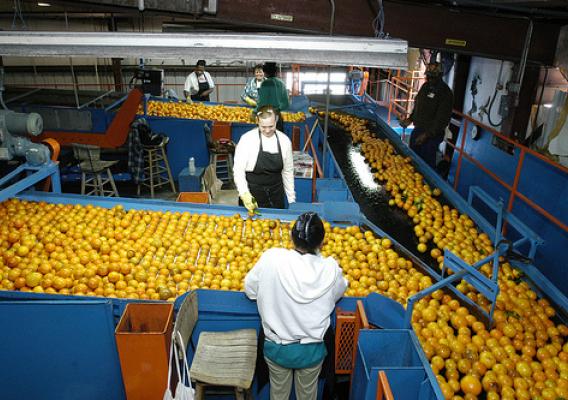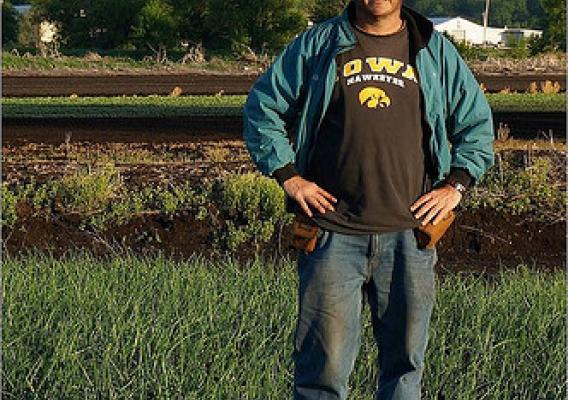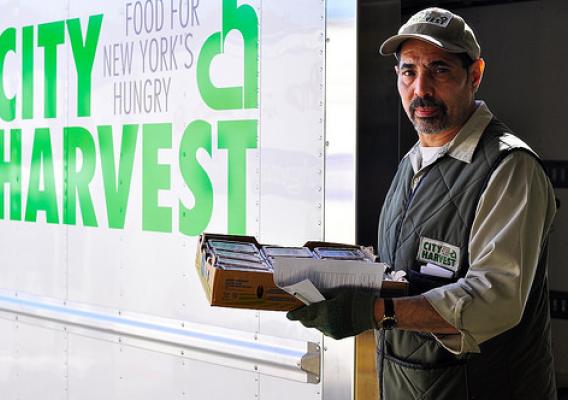Beginning in August, food banks across the country competed to see who could sign up the most food donors to the U.S. Food Waste Challenge. From among the 200 food banks in the Feeding America network, the champion is City Harvest in New York City, which won by signing up 114 donors to the Challenge. City Harvest will have a private meeting with USDA Secretary Tom Vilsack and will be awarded six suite tickets to attend either an NBA or NHL game at the Verizon Center in Washington, D.C. The tickets were donated by Monumental Sports and Entertainment (MSE), owner of the Washington Capitals, Mystics, Wizards, and Verizon Center. Since 2011, MSE has recovered and donated 7,377 pounds of wholesome unsold food from its events to D.C. Central Kitchen, which translates to approximately 5,600 meals.
"We appreciate City Harvest's longstanding commitment to food rescue and congratulate them for signing up the most food donors to the U.S. Food Waste Challenge," said Secretary Vilsack. "The United States enjoys the most productive and abundant food supply on earth, but too much of this food goes to waste. Organizations like City Harvest get this food to people who need it while reducing the amount of food that ends up in our country's landfills."






